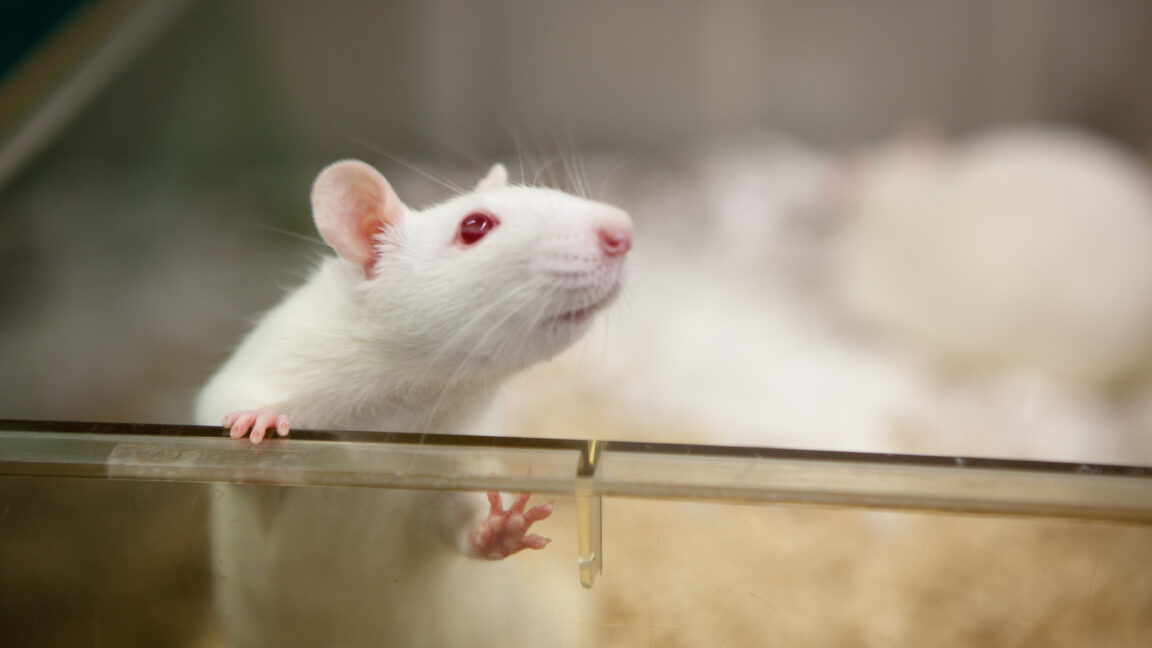
"Behaviorally, we measured freezing responses to the directly paired stimulus, which was the image, and inferred stimulus which was the sound... and we performed miniscope calcium imaging."
"It turned out that the region crucial for building these complex emotional models was not the amygdala, but the dorsomedial prefrontal cortex (dmPFC)."
"The dmPFC does not form the sensory model of the world. It only cares about things when they have emotional relevance."
"In the 'unpaired' group, the active neurons that held the representations of the electric shock and the image started to overlap."
Recent research demonstrates that rats possess complex emotional models, similar to humans, particularly in response to fear-related stimuli. The study involved pairing an image with an electric shock to measure the rats' freezing responses. Insights from miniscope calcium imaging revealed that the dorsomedial prefrontal cortex (dmPFC) plays a pivotal role in processing these emotional connections, highlighting its specialized function separate from sensory models. This suggests a sophisticated neural framework underlying fear and emotional learning in rats.
Read at Ars Technica
Unable to calculate read time
Collection
[
|
...
]